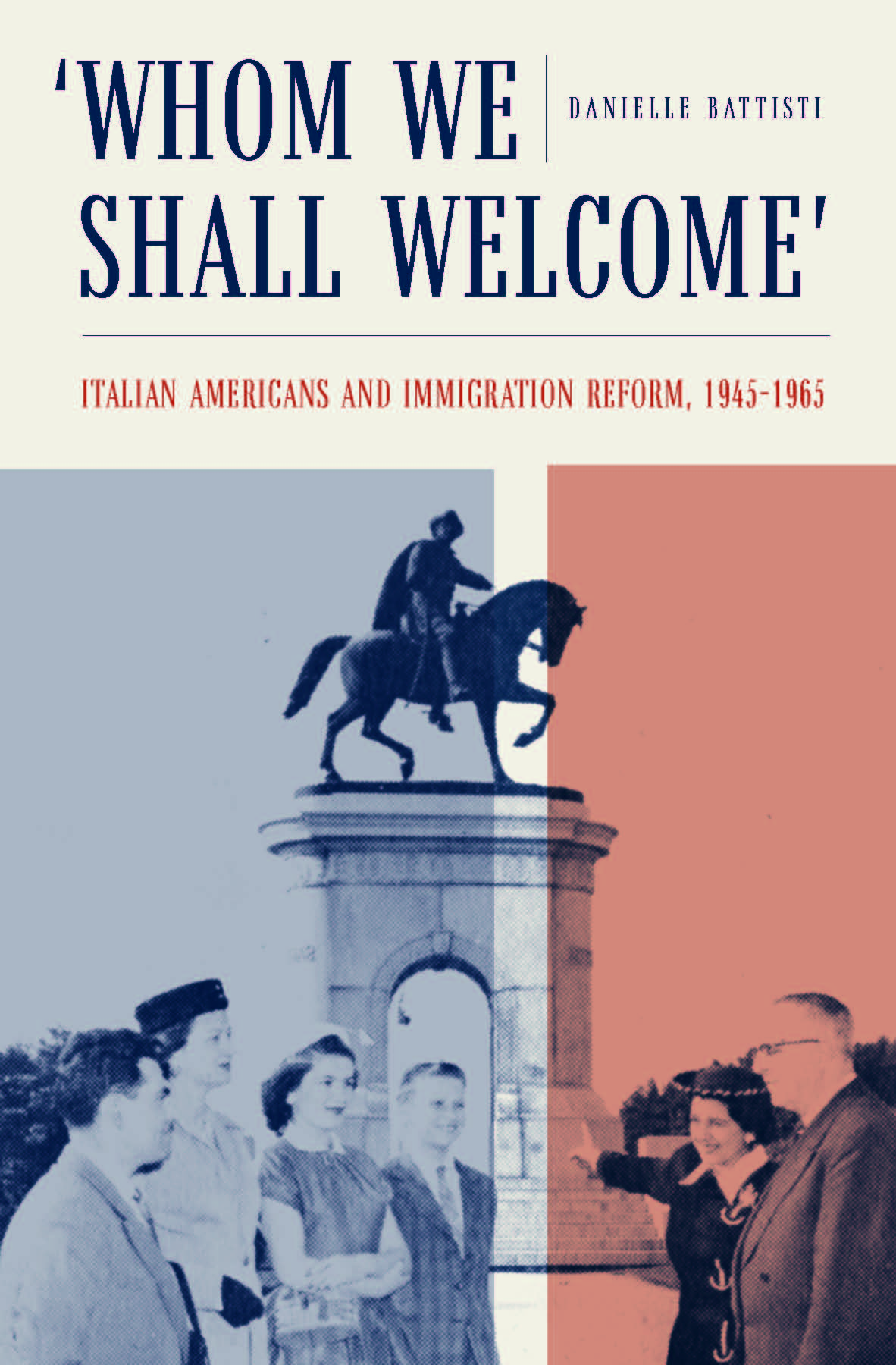Elena Bellina, New York University
Most POWs imprisoned by Western Allies were captured in Africa during the early stages of World War II and transferred to transit and permanent prison camps across North, East, and South Africa between 1940 and 1947. A significant number of them spent more than six years there before being repatriated to Italy. This presentation analyzes the diverse forms of intellectual and material artistic production developed by Italian POWs detained in remote African regions, with particular emphasis on memories and memorabilia they brought home in handmade tin suitcases. It investigates the formative role that creativity played during their years of captivity and the enduring influence such creativity and contact with African landscapes and peoples had on their postwar lives, given that many of these men became prominent figures in postwar Italy and elsewhere.
In conjunction with the exhibition Creativity and World War II Italian POWs in the United States.

Laura E. Ruberto, Berkeley City College
This talk considers the material legacies of surveillance, restrictions, and imprisonment of different groups of people on US soil in the years leading up and during World War II: Italian resident “enemy aliens,” Italian non-resident “enemy aliens,” and Italian POWs. The differing ways Italians and Italian Americans were treated were not only influenced by political concerns but also by practices of xenophobia and racism, a point made especially clear in comparison to the experiences of Japanese Americans. Considering artifacts and sites from across the country, as well as cultural representations and oral histories, this talk reflects on how political pressure, cultural visibility, and an emerging position of whiteness helped build public acceptance of Italian Americans while shaping a contemporary position of victimhood.
In conjunction with the exhibition Creativity and World War II Italian POWs in the United States.

Danielle Battisti
University of Nebraska–Omaha
In Whom We Shall Welcome (Fordham University Press, 2019), Danielle Battisti examines post–World War II immigration by Italians to the United States. The book looks at efforts by Italian American organizations to foster Italian immigration along with the lobbying efforts of others in the community to change the quota laws. While Italian Americans (and other white ethnics) had attained virtual political and social equality with many other ethnic populations by the end of the war, Italians nonetheless continued to be classified as undesirable immigrants. Battisti’s work is an important contribution toward understanding the construction of Italian American racial/ethnic identity in this period, the role of ethnic groups in U.S. foreign policy in the Cold War era, and the history of the liberal immigration-reform movement that led to the 1965 Immigration Act. Whom We Shall Welcome makes significant contributions to histories of migration and ethnicity, post–World War II liberalism, and immigration policy.


